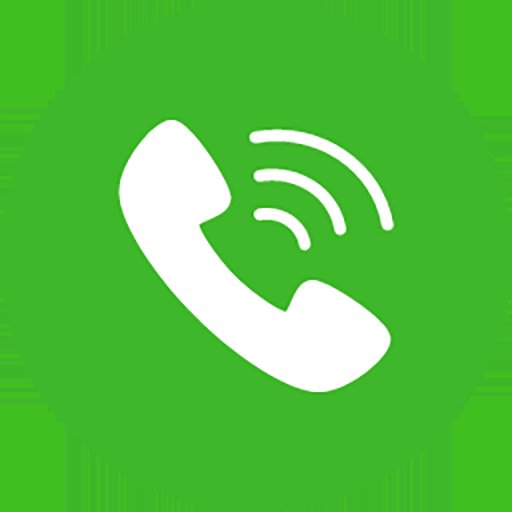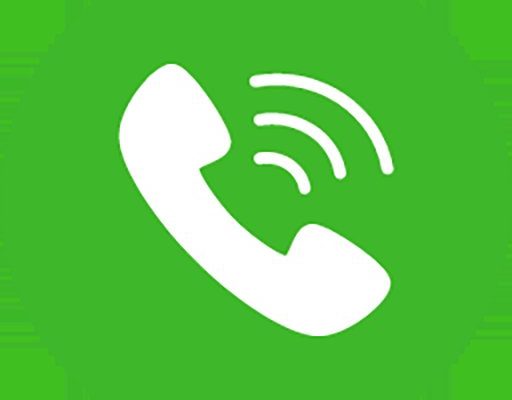
At its core, the Error Code E2 on an LG refrigerator is a cry for help from your appliance. It’s a signal that something isn’t quite right with the airflow in your refrigerator, similar to how a car might cough when there’s a problem with the exhaust system. In simpler terms, it means the refrigerator’s fan, which circulates the cold air to keep everything chilly, might not be working as it should. And when that happens, your food might not stay fresh for long. But don’t panic just yet! Sometimes it’s an easy fix, and other times you might need the expertise of a technician. Let’s dive deeper into this.
Understanding Error Code E2
So, what’s the scoop with this Error Code E2? Essentially, it’s your refrigerator’s way of communicating that there’s a fan error. Think of it like this: if your fridge were a little community, the fan would be the town’s wind generator, circulating air and keeping everyone comfortable. When the wind stops blowing—or in this case, the fan stops spinning—things can start warming up in all the wrong ways.
There could be several reasons why the fan isn’t doing its job. It might be due to an obstruction, such as ice buildup around the blades, which can happen if the freezer door has been left slightly open. This is akin to weeds blocking the blades of a garden windmill. Alternatively, it could be an electrical issue, where the power that’s supposed to reach the fan isn’t flowing correctly. Imagine flicking a light switch but finding it doesn’t turn on.
Understanding this code is crucial because it helps determine whether you can tackle the problem yourself or if it’s time to bring in the professionals. Sometimes, all it takes is a bit of defrosting, just like letting the ice melt off your car windshield on a frosty morning. But other times, especially if it’s an electrical fault, a technician’s expertise will be your best bet.
When to Attempt DIY Fixes
Before you rush to the phone to call a technician, there are a few things you might try to solve the problem yourself. First off, make sure your refrigerator is not overloaded, as too many items can block airflow, creating a false fan error. It’s a bit like trying to move around a packed room—sometimes you just need to create a little space to breathe.
Next, you should inspect the fan area for any visible obstructions. This could be as simple as removing ice buildup or clearing away any loose packaging that might have slipped into the wrong spot. If the fan is iced over, consider defrosting the unit. You can turn off the fridge for a few hours to let the ice melt naturally, much like gently defrosting your windshield on a winter morning.
If these simple steps don’t clear the error, it’s time to reassess. Remember, your safety comes first, so if you’re ever in doubt, don’t hesitate to stop and call in a professional. They have the tools and know-how to safely handle electrical components and can often diagnose more complex issues more efficiently.
Knowing When to Call a Technician
Here’s the deal: knowing when to call in a professional can save you time, money, and quite a bit of stress. If you’ve tried defrosting and ensuring there’s no blockage, yet the error persists, you’re probably dealing with an electrical or mechanical issue that requires a technician’s touch. This scenario is like having a leaky pipe—sometimes a wrench won’t cut it, and you need a plumber’s expertise to dig deeper into the problem.
A professional technician can determine if the fan motor is malfunctioning or if there’s an issue with the control board sending signals incorrectly. Much like a maestro ensuring every section of the orchestra is in sync, technicians have the skills to make sure your fridge operates in harmony once again.
Additionally, if you hear strange noises—think of weird humming or clunking sounds—it’s a surefire sign that professional help is needed. These noises might indicate a more serious mechanical problem that you would definitely want a technician to handle to avoid further damage.
Preventative Measures and Final Thoughts
Now that everything’s back on track, let’s talk about keeping your refrigerator happy and error-free in the future. Regular maintenance is key, much like how you service your car to prevent future breakdowns. Keep the fan area clear by not overpacking your fridge, and routinely check for any frost buildup, especially during humid months when ice tends to form more quickly.
Also, remember to close the doors firmly and check the seals often—that little strip around the door ensures that cold air stays in and warm air stays out. It’s like the unsung hero of your refrigerator! Replace it if you notice any wear or cracking to avoid airflow issues.
If you come across Error Code E2 again, you now know what to do: try these simple fixes, and if they don’t work, call your trusty technician. A little bit of understanding goes a long way in keeping your cool when your fridge starts to warm up.
